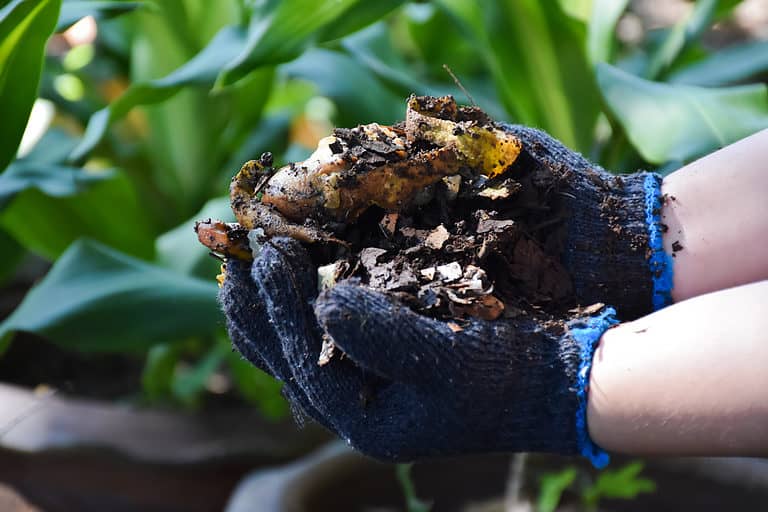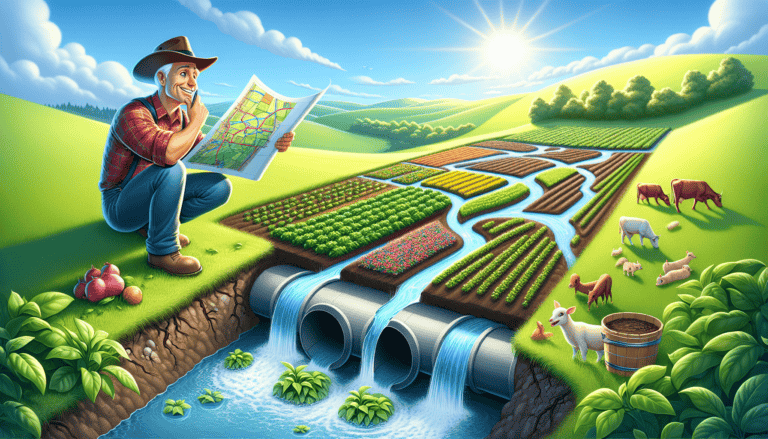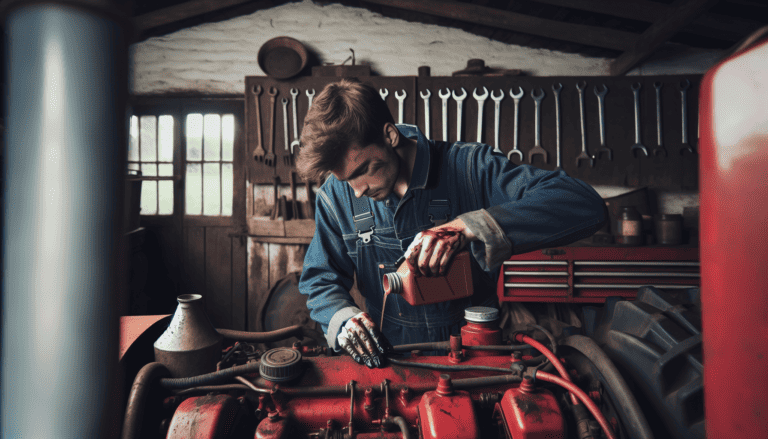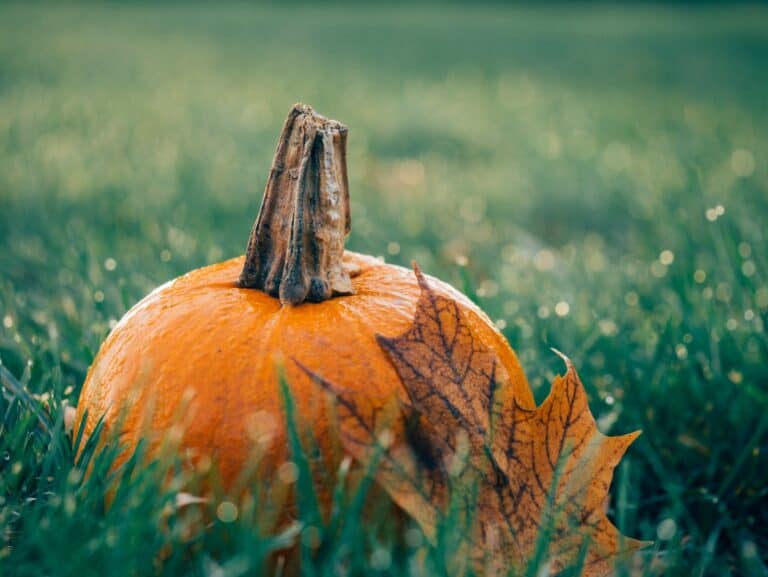Farm Fencing: Top Materials and Installation Tips
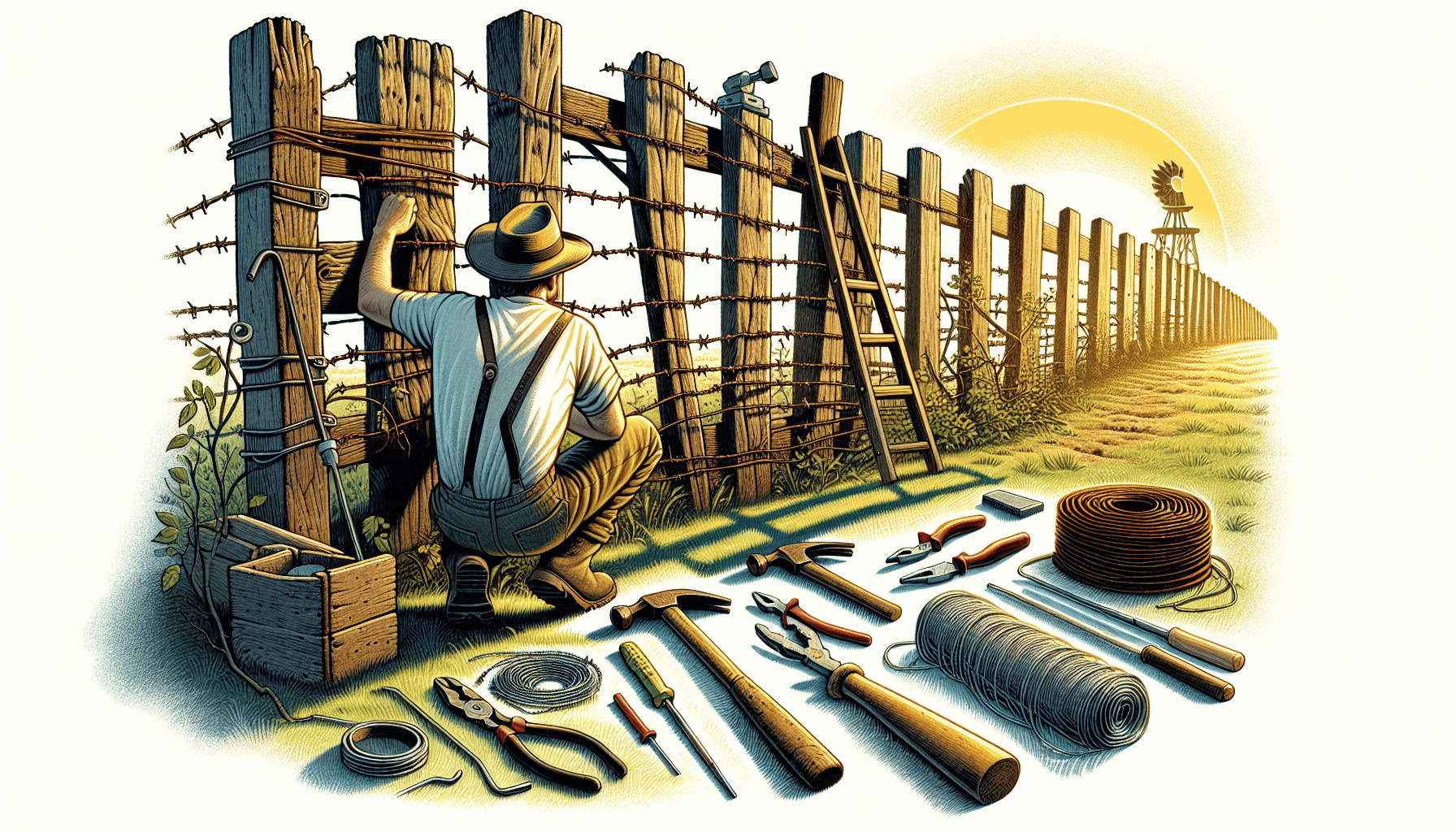
This article delves into selecting optimal fencing materials crucial for the containment and protection of livestock, as well as safeguarding crops on a farm. It provides guidance on installation techniques to ensure that the resulting fence is long-lasting and durable.
Key Takeaways
Effective planning and compliance with local regulations are essential for constructing a durable and legally compliant farm fence.
Choosing the right fencing material depends on livestock management needs, budget, and environmental conditions, with various options including wooden, barbed wire, woven wire, electric, and high tensile wire.
Regular maintenance and seasonal inspections are crucial for prolonging the lifespan of farm fences, preventing costly repairs, and ensuring their effectiveness.
Planning Your Farm Fence
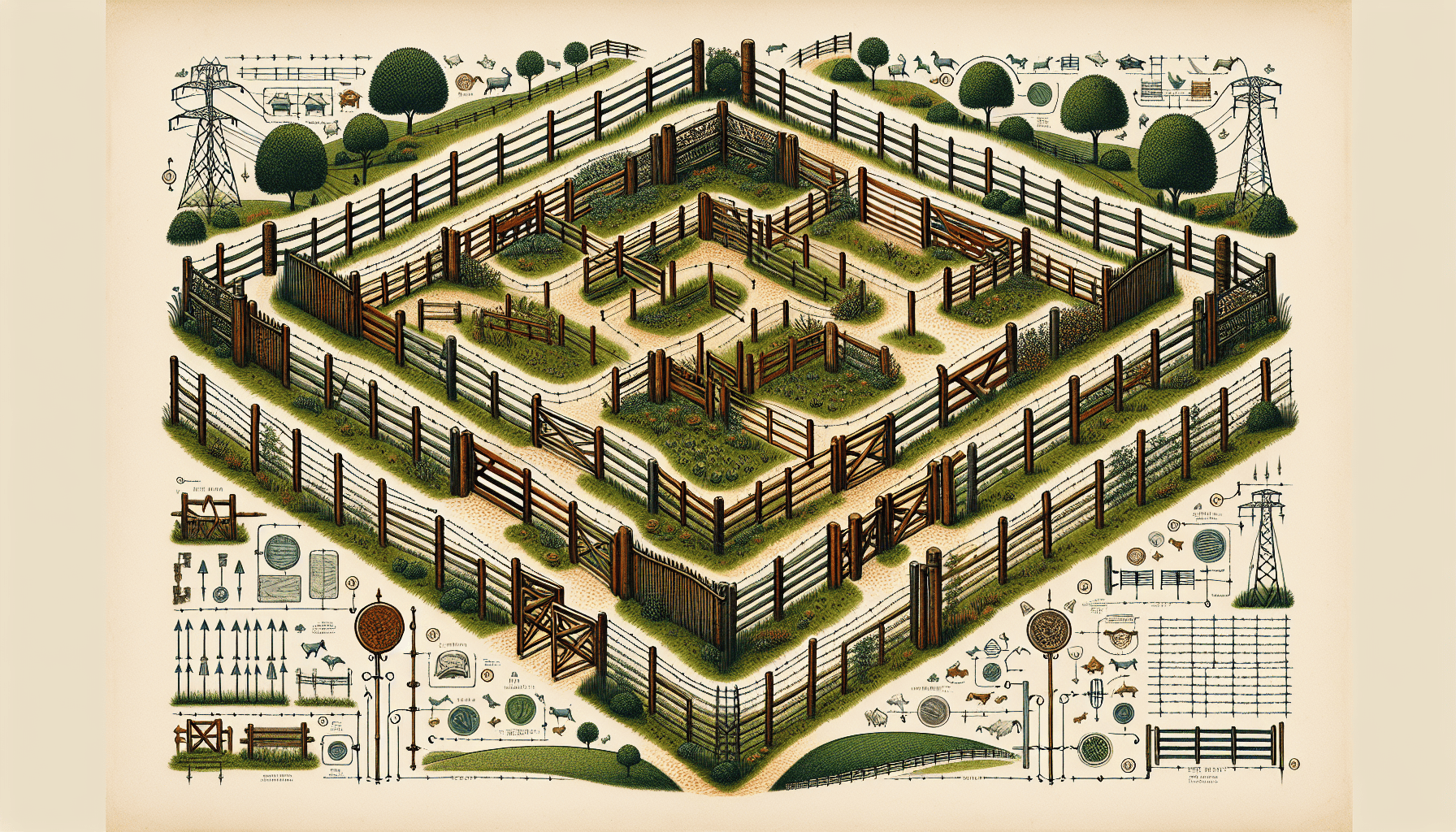
Constructing a farm fence that is both durable and reliable necessitates meticulous planning. Such foresight in your fencing investment could lead to its longevity, spanning 25 to 50 years, assuming proper maintenance is observed. When mapping out the construction of your fence, you should take into account the types of animals you intend to house on your farm, the expanse of your property’s land area, as well as how much money you are willing to dedicate towards this project.
Adhering strictly to local zoning laws forms another pivotal element in erecting a fence around your farm. These laws have jurisdiction over various specifications including the permissible height of fences, their precise positioning on land and even which kind of animals may be housed within them on one’s estate. Being knowledgeable about these rules not only prevents potential legal entanglements, but also guarantees that every aspect of your fencing complies with established requirements.
Mapping Your Property
It is essential to precisely delineate your property, and one effective method is by first securing an aerial photo of your farm. With this image sourced from commercial aerial survey companies, you can create a thorough drawing that accurately reflects the layout of your land.
Prior to laying out where the fences will go, it’s critical to pinpoint the exact limits of your property and remove any trees or undergrowth that might interfere with construction. Straight-line fences tend to be less expensive and easier to build. When dealing with uneven ground, employ surveying tools or place intermediate stakes for sighting purposes so as to maintain a straight fence line throughout its course.
Locating Gates and Lanes
Efficient farm management is greatly improved by the strategic positioning of gates and access lanes. To ensure convenient entry, install gates at the corners closest to your farm structures. It’s also crucial to establish permanent pathways in areas less prone to water damage, like natural ridges or terraces. This helps avert erosion while keeping the paths accessible.
Focus on areas that need prompt attention, including permanent pastures, ponds, and routes granting livestock access to watering points. By carefully situating these features, you optimize functionality on the farm and guarantee seamless routine activities.
Permanent vs. Temporary Fences
Deciding whether to install permanent or temporary fencing hinges on your long-term objectives and methods for managing livestock. Permanent fences, which are meant to endure several years with little need for maintenance, tend to be made from durable materials. Such fences are excellent for establishing the perimeters of a property and providing secure enclosures for continuous grazing areas.
On the other hand, temporary fences offer short-lived solutions that usually span one to three years before needing replacement. These types of barriers provide versatility as they can easily be moved when necessary. This adaptability makes them perfect options for rotational grazing systems and various dynamic livestock management techniques.
When it comes time to choose what type of fence is best suited for your purposes, take into account both your immediate requirements and long-range plans.
Choosing the Right Fence Material
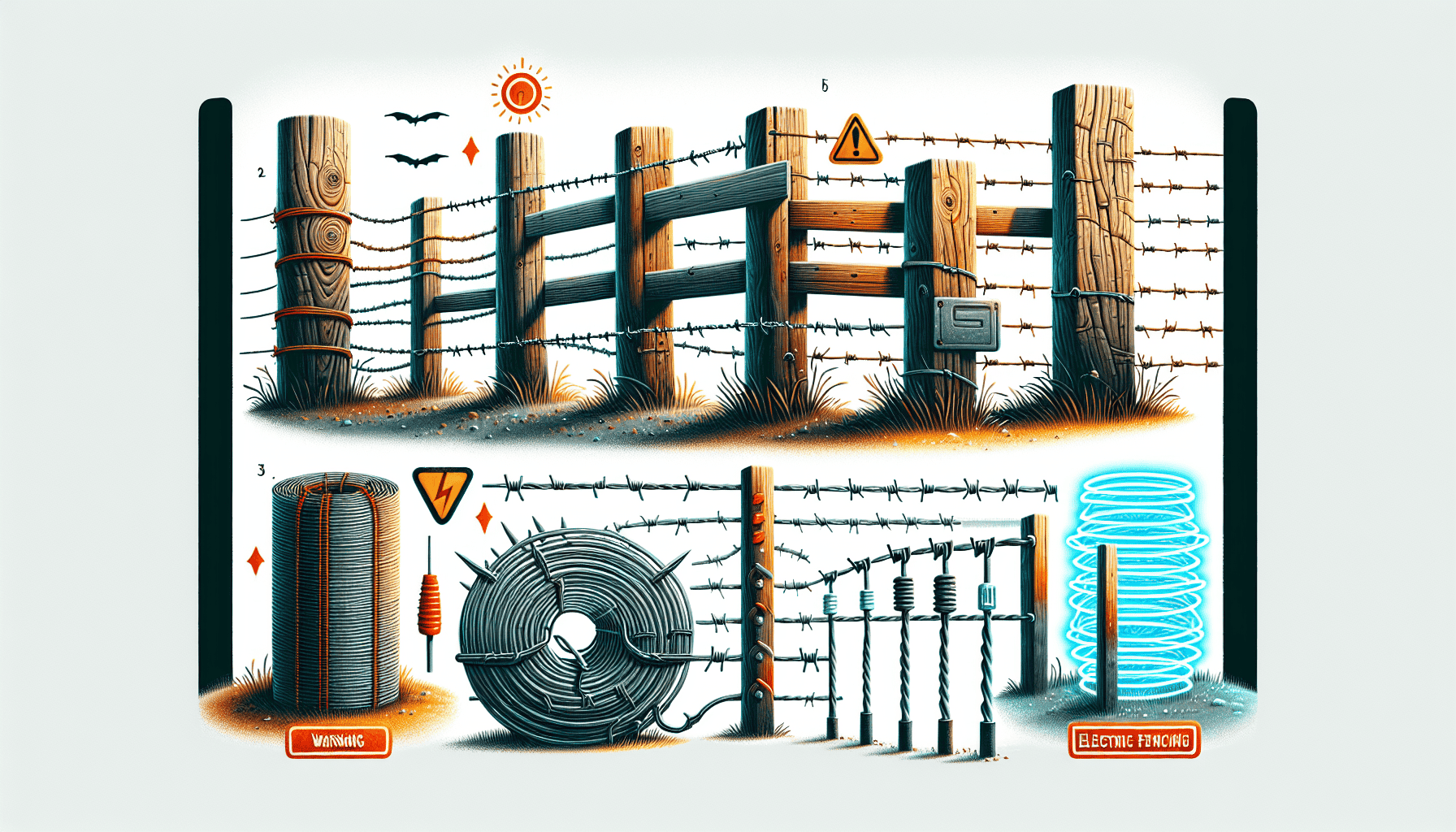
Choosing the appropriate material for a farm fence is essential to ensure it performs effectively and lasts a long time. Factors to take into account include what kind of livestock will be kept, the environmental conditions they’ll face, and your budgetary limits. The durability, maintenance needs, and visual attractiveness differ among fencing materials.
There’s an array of materials available for farm fences that range from classic wood structures to advanced high tensile wire or electric alternatives. Each type offers distinct advantages and disadvantages, so being knowledgeable about these can guide you towards making a choice that aligns with your specific agricultural requirements.
We’ll delve into each of these top fencing options more closely to understand their individual characteristics.
Wooden Fences
Traditional board fences are respected for their enduring, rustic beauty and adaptability. Preferred wood choices for such fencing include Oak, Poplar, and Southern Yellow Pine, which vary in resilience and visual qualities. Customization of wooden panel fences is possible with different configurations like vertical or horizontal layouts, as well as split-rail formations to suit the unique requirements of your property.
Fencing designed specifically for horses is favored by owners because it demands minimal upkeep while also prioritizing safety. These fences typically stand at a height between 4 to 5 feet and offer a reliable enclosure for horses that simultaneously enhances the aesthetic value of one’s farm.
Wooden barriers prove multifunctional when it comes to restraining various types of livestock including cattle and goats. Thereby demonstrating their broad utility across different kinds of agricultural activities.
Barbed Wire
Barbed wire is an effective and affordable option for extensive fencing on ranches with large-scale cattle operations, securing perimeters and containing animals. Nevertheless, this type of wire should not be used in situations where the safety of the animals or visual appeal takes precedence due to its potential harm caused by sharp edges.
With suspension barbed wire fences, the design utilizes a slight movement within the wires that serves as a deterrent to livestock pressing against them, thus improving containment effectiveness. To ensure such fences perform optimally, installation must be precise. Tension needs to be regulated accurately so that between posts there’s no more than a 3-inch gap allowed.
Woven Wire Fencing
Renowned for its robustness and protection, woven wire fencing is an excellent choice for containing livestock and safeguarding crops. Its mesh construction eliminates sharp ends of the wire that could harm animals. The versatility in height and opening sizes offered by woven wire allows customization according to particular requirements.
Constructed with sturdy wood posts interlaced with a durable fence wire mesh, these fences create a solid barrier built to last. They can feature configurations such as 9 horizontal wires at 49 inches in height along with stay wires spaced at 12-inch intervals—making them ideal enclosures around corrals, feedlots, small crop areas or even integrated within rail fences.
To enhance security measures, incorporating a single strand of barbed wire atop the woven wiring is common practice. Woven in wool. Wire fencing’s adjustability spans heights from 26 to 48 inches, tailored to the specific livestock it aims to confine based on their jumping capabilities—a testament to its reliability across diverse agricultural needs.
Electric Fences
Electric fencing acts as a mental deterrent for animals, successfully restraining livestock and defending against predatory threats. They serve versatile roles, able to be implemented either temporarily or as a fixed solution to suit various animal husbandry needs. Materials used in constructing electric fences encompass wood, polytape, and polyrope. These can also integrate with other fencing types such as woven wire to bolster their efficacy.
These barriers are energized by chargers that range from solar-powered options to low-output models, all of which require proper grounding techniques to ensure they perform correctly. When compared with traditional fencing methods like barbed wire or woven wire fences, electric fences tend to be more cost-efficient both in terms of installation and ongoing maintenance expenses.
Installation safety measures are crucial when setting up an electric fence system — taking appropriate steps is essential not only for the welfare of the animals, but also for maintaining the operational integrity of the fences themselves.
High Tensile Wire
Fences constructed from high tensile wire are recognized for their durability and affordability, which is why they’re a common choice on farms. The maintenance involved with these fences is low. The wires need to be tightened merely once or twice annually thanks to permanent in-line stretchers and tension springs that keep them taut, thus diminishing the necessity of regular tuning.
A high-tensile fence can also incorporate polymer materials to mimic rail fencing while still utilizing wire as its core component. This fusion offers both an attractive appearance along with robustness. As such, this type of fencing solution aligns perfectly with the needs of contemporary farming practices due to its practicality coupled with visual appeal.
Fence Installation Tips
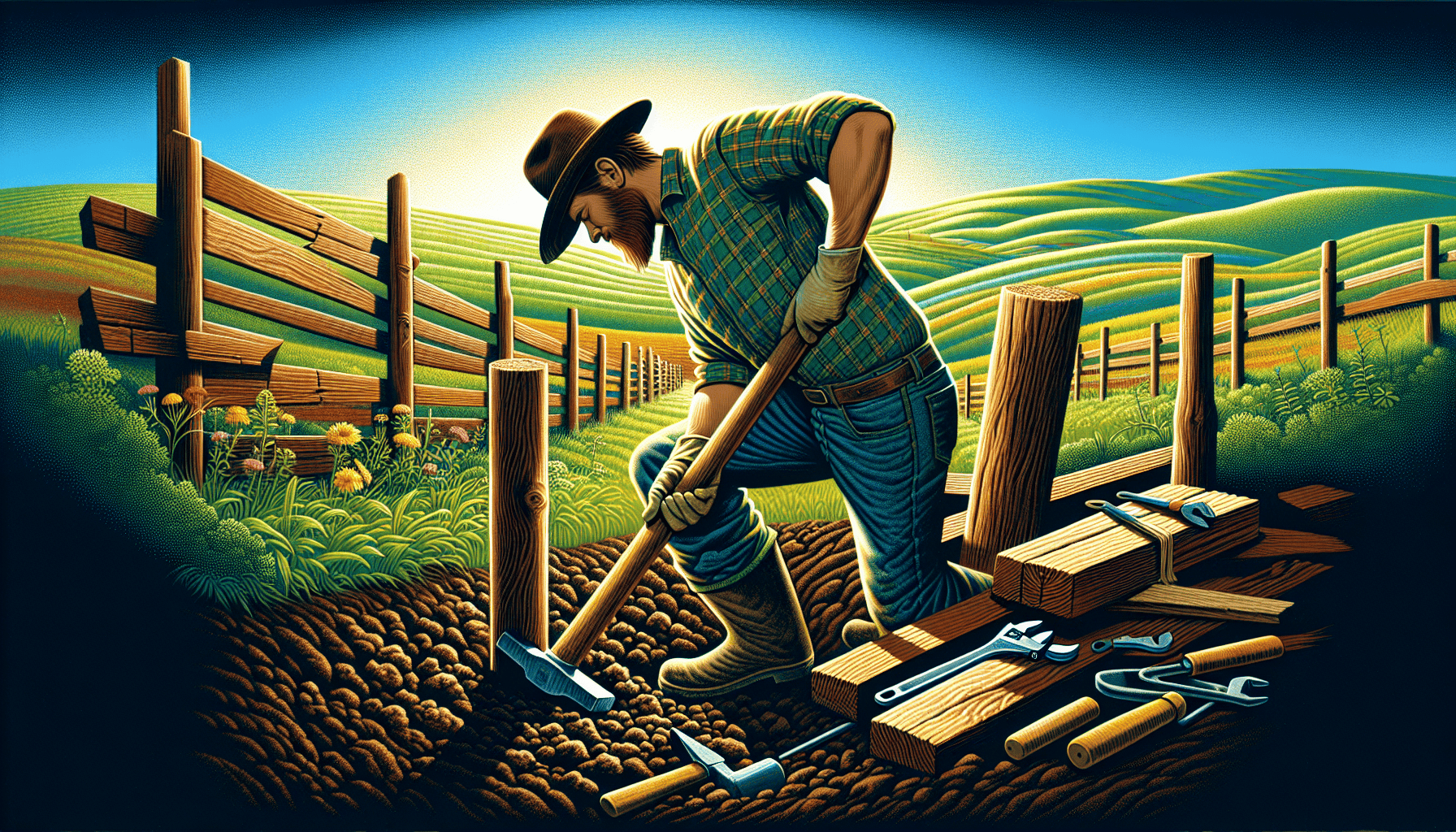
The installation of farm fences necessitates the utilization of correct methods and judicious decision-making to guarantee a robust and reliable enclosure. Every fencing project comes with its own set of complexities, demanding meticulous preparation and adept problem-solving abilities. Adhering to certain fundamental guidelines can assist in navigating these issues, leading to an effective installation.
In scenarios where well-drained pathways for lanes are lacking, movable lane fences can serve as a suitable alternative. By anticipating the need for such transportable barriers, you allow versatility and modifiability within your farm’s configuration.
Setting Fence Posts
Installing fence posts correctly is essential for creating a sturdy and dependable fence. Prior to positioning the posts, it’s important to remove any debris or obstructions along the line where the fence will be erected to ensure an unobstructed workspace. The use of different types of posts, including T-posts alongside wooden ones, can increase the overall robustness of your fencing structure.
Employing wooden posts contributes significantly to stability since they are highly resistant against forces such as bending, becoming misaligned or being pulled out from their installation point. These should ideally be embedded into the ground at least 2 feet deep – deeper if possible – which provides them with additional anchorage. It’s recommended that these line posts are spaced consistently between 10 and 12 feet apart in order to preserve structural integrity throughout the length of your fence.
When installing corner posts specifically, it’s beneficial to start with a pilot hole. This lessens resistance during driving and aids in ensuring that each post remains properly aligned within its intended direction.
Installing Wire Fencing
Begin the installation of wire fencing at the lowest point, progressively moving upwards to sustain correct tension throughout. Secure the wire onto posts using staples made from galvanized material, measuring between 1.5 and 2 inches in length. Angle them during application to prevent splitting the wood.
Employing this technique guarantees that the installation will be both stable and durable over time.
Building Gates and Cattleguards
Constructing robust gates and cattleguards is vital to control the movement of livestock and ensure seamless access throughout your farm. It’s important for gates to be built with adequate support to deter sagging, thereby allowing them to function effectively. When constructed well, these gates greatly improve both the functionality and durability of your fencing system.
In places where managing the movements of livestock without using gates is necessary, cattleguards play an essential role. They need to be spaced correctly and strengthened in order to manage animals successfully while providing a hassle-free passage for vehicles. Employed together, these structures—gates and cattleguards—not only streamline, but also enhance the efficacy of farm management tasks.
Maintaining Your Farm Fence

Ensuring the longevity and effectiveness of your farm fence involves regular maintenance to avoid expensive fixes. By performing cleaning and general maintenance on a biennial basis, you can extend the durability of your fence considerably. It is essential to perform seasonal inspections to adjust any slack wires and secure posts that may have been compromised due to changing weather patterns, thus preserving the structural soundness of your fence.
Maintenance tasks vary with each season. For example, clearing away clutter in autumn helps prevent damage during winter months. Meanwhile, during winter it’s important to monitor for potential harm caused by ice and check that wire tensions are properly maintained.
By being vigilant about upkeep routines, you guarantee year-round peak performance from your farm fence.
Inspecting for Damage
Examining your farm fence on an annual basis is crucial for identifying early signs of damage, including sagging sections or rotting posts. Regular checks are key to pinpointing specific concerns like loose wires, posts that have begun to sag, and wear related to environmental exposure. Taking swift action as soon as any harm is detected prevents additional issues and guarantees the robustness of your farm’s boundary.
Consistent monitoring allows you to detect problems before they worsen, ultimately conserving both resources and finances by averting extensive repairs down the line. Promptly acknowledging and rectifying damages not only halts decay, but also preserves the operational efficacy of your farm’s enclosures.
Seasonal Maintenance
It’s essential to carry out tasks tailored for each season to keep a farm fence robust and operational all year. The changing seasons demand unique maintenance efforts aimed at upholding the structure of farm fences. For instance, wooden fences need routine care such as applying sealant every 2-3 years to combat rot and weathering, preserving their defensive features.
Meanwhile, white PVC fencing demands regular cleaning sessions using agents that eradicate mildew in order to maintain both its aesthetic appeal and structural soundness. Committing to these seasonal upkeep activities is key in guaranteeing that your farm fence stays durable and serves its purpose effectively regardless of the time of year.
Specialty Fencing Options
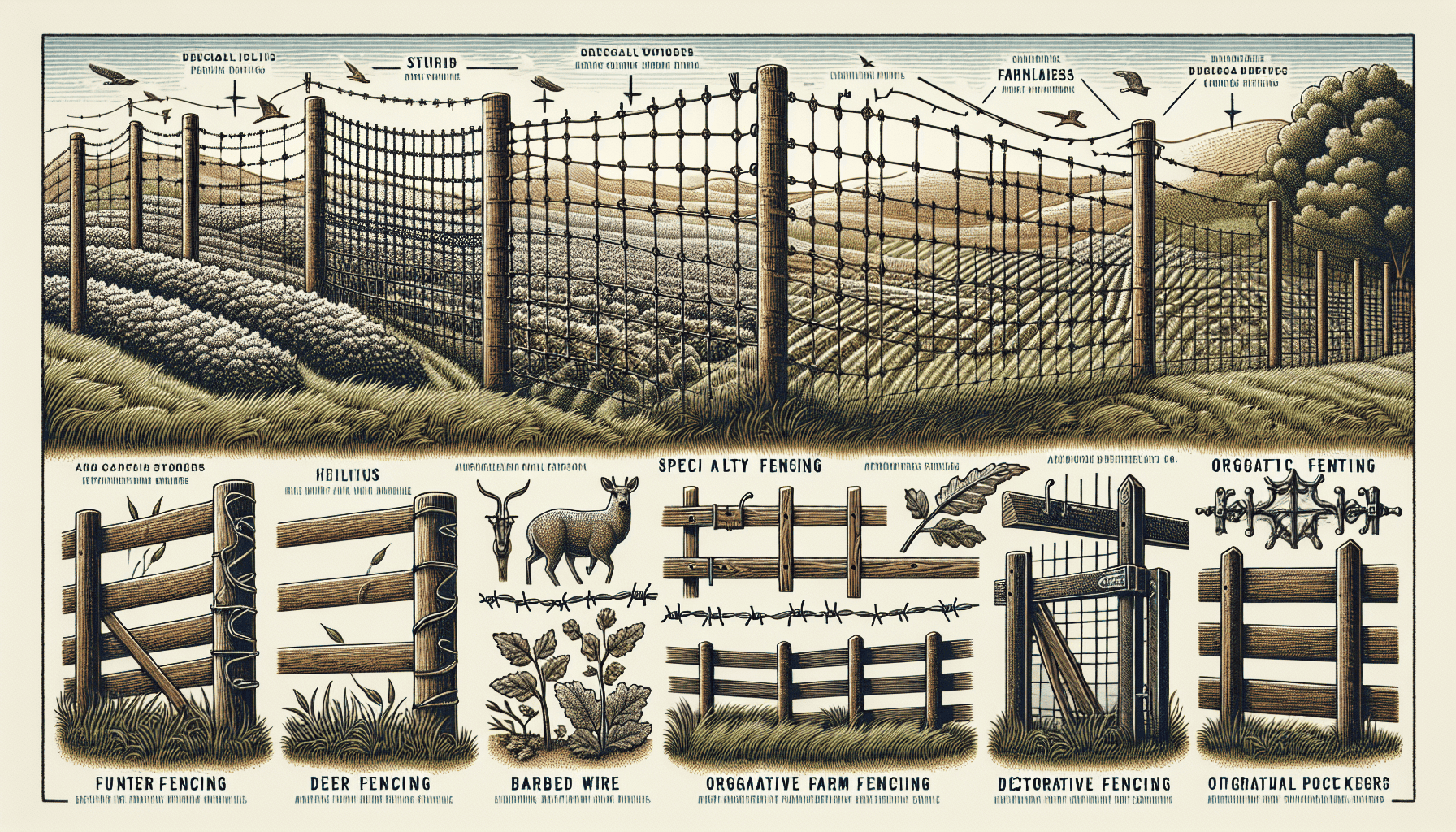
Unique fencing solutions are designed to meet the particular needs of livestock and respond to environmental challenges on a farm. They not only improve the operation and visual appeal of agricultural lands, but also offer customized approaches for an array of farming demands.
Specialty materials for fencing range from robust high tensile options suited for keeping deer at bay, to organic fencing catered towards eco-conscious farm management. These diverse specialty options will be examined in greater depth.
Deer Fence
A fence designed specifically to keep deer away from plants is crucial for safeguarding crops and landscaping, as deer can wreak havoc on vegetation. To thwart these animals adequately, a deer fence should stand no less than 6 feet tall. In areas where the crops are particularly vulnerable, it’s advisable to have an 8-foot-tall barrier so that the possibility of deer leaping over is minimized.
The materials used in constructing such fencing play a pivotal role not only in preventing destruction by trampling, but also by blending into the surroundings sufficiently enough to reduce attempts at jumping across. By employing this strategic combination of material robustness and appropriate height specifications, you ensure optimal protection for your horticultural endeavors against intrusions by deer.
Vineyard and Orchard Trellis Fencing
Trellis fences are vital for the support of plants in orchards and vineyards, not only promoting better growth but also serving as a protective barrier from animals. These structures can be crafted using different materials such as metal or wood, ensuring they offer sturdy support to plant life.
The implementation of a trellis system is critical in densely planted orchards to aid tree development while minimizing harm. Beyond offering structural reinforcement, trellis fencing boosts the productivity and well-being of your orchard or vineyard.
Organic Farm Fencing
Sustainable fencing choices such as natural woven hurdles are not only eco-conscious but also decomposable, fitting seamlessly with organic agricultural practices. It is crucial to employ robust and enduring fence posts that can last anywhere from 30 to 50 years in order to uphold efficient and sustainable fencing methods on an organic farm.
Opting for sustainable barriers aligns perfectly with the principles of organic farming by promoting long-lasting utility while simultaneously nurturing environmental well-being. These strategies bolster both ecological agriculture endeavors and contribute positively to the environmental landscape at large.
Enhancing Fence Durability
It is essential to reinforce the durability of your farm fence for enduring functionality. Sustainable methods in fencing incorporate robust materials which play a pivotal role in promoting the environmental well-being over time. Implementing galvanized materials into your fence can immensely enhance its lifespan.
Employing Class 3 galvanized coatings proves especially beneficial in regions prone to high humidity, as they provide an additional safeguard against corrosion and contribute an extra 5 to 10 years of service life to the fence’s existence. Opting for resilient materials and appropriate treatments secures a lasting tenure for your fencing structure on the farm.
Galvanized Coatings
The use of galvanized coatings on barbed wire and additional farm fence materials significantly improves their resistance to weather-induced deterioration. The advantage of utilizing woven wire with a galvanized coat is its enhanced ability to withstand rusting and damage from environmental exposure. Similarly, using staples that have been galvanized is the preferred method for securing wire fencing to wooden posts as it helps in preventing corrosion.
Incorporating materials that are treated with a protective layer of zinc into your farming enclosure not only extends the longevity but also lessens maintenance requirements over time. Investing in these durable fencing components ensures you have a robust and reliable barrier surrounding your property.
Weatherproof Treatments
Protecting wooden fences from moisture through the use of weatherproof sealants can avert warping and decay, thereby preserving their structural integrity. Employing such protective treatments consistently ensures that the fence is protected against variations in temperature and humidity, which contributes to an improvement in its longevity.
By applying a waterproof sealant to your wooden fence regularly, you help guard it against damage caused by exposure to environmental elements. This practice not only helps boost the resistance of your fence, but also aids in prolonging its service life while retaining its visual attractiveness.
Understanding Local Regulations
It is imperative to abide by local regulations when installing farm fences, as non-compliance can lead to legal penalties such as fines and the dismantling of any structures that don’t meet code. Ensuring your farm fence aligns with these standards promotes not only legality, but also safety and visual appeal.
Knowing the specific stipulations regarding height, materials used, and acceptable styles of fences for agricultural lands is vital before installation. This knowledge helps avert complications while guaranteeing adherence to all obligatory specifications set forth for fencing on farms.
Zoning Laws
Local ordinances frequently impose regulations concerning the height, style, and placement of fences, with significant variations depending on zoning laws. Restrictions may be in place to control where fences can be erected, particularly close to property lines, as a means to prevent disagreements between neighbors.
It’s crucial for those planning fence installations to familiarize themselves with these zoning laws to ensure adherence to regional rules and avoid possible disputes. Such restrictions typically govern which kinds and how tall fences might be on properties zoned for agriculture.
Utility Considerations
Before beginning your fence installation, it’s essential to be mindful of the underground utilities that might intersect with your fencing project. To avoid any inadvertent damage during the installation process and ensure overall safety, reaching out to utility companies for an inspection is a critical step.
As a property owner, you hold the responsibility for identifying where these utilities are situated on your land in order to prevent disruption of vital services while erecting your fence. Taking such measures will help you avoid expensive repair costs and preserve the security of your farm premises.
Summary
To effectively plan and erect a farm fence, it’s essential to take into account several key elements such as the specific livestock on the farm, the size of your land parcel, and compliance with local bylaws. Choosing appropriate materials—be it wooden posts, barbed wire, woven wire fencing systems or electric and high tensile wires—is vital for both functionality and lifespan of your fences. Proper installation methods paired with consistent upkeep are integral in bolstering both resilience and dependability of the fence around your farmland.
Adhering to this guide’s advice will allow you to develop not only an operationally sound but visually pleasing boundary for your property. Making informed decisions about construction and regular care for your fence is a worthwhile investment that yields substantial benefits over time. It ensures safe containment within boundaries while supporting successful agricultural activities on one’s premises.
Frequently Asked Questions
How many feet of fencing is needed for 1 acre?
Approximately 835 linear feet of fencing is required to enclose a property of 1 acre, presuming the area is arranged in a square configuration where each side spans roughly 209 feet.
** What are the best materials for a durable farm fence? **?
To construct a farm fence that is both sturdy and enduring, it’s best to utilize materials such as high tensile wire, wire with a galvanized coating, and premium wood.
Employing these components ensures the fence will not only be strong and able to resist corrosion, but also maintain an aesthetically pleasing appearance over time.
** How often should I inspect my farm fence for damage? **?
It’s essential to conduct an annual examination of your farm fencing, as consistent assessments allow for early identification of problems such as sagging or deterioration before they escalate.
Preserving the condition and stability of your fence on the farm hinges on routine checks being a part of regular maintenance.
** What factors should I consider when choosing a fence type? **?
It is crucial to take into account the kind of livestock, size of the land, financial plan, and local zoning laws when selecting a fence variety.
Also important is assessing the durability and maintenance needs of the fence along with its visual attractiveness in order to make an informed choice.
** How can I enhance the durability of my wooden fence? **?
To ensure the longevity of your wooden fence, it’s crucial to apply weatherproof treatments such as sealants and maintain routine upkeep. This involves sealing every two to three years and regularly cleaning the surface.
By adopting this vigilant strategy, you can effectively safeguard your fence against moisture damage and prevent it from becoming warped over time.

